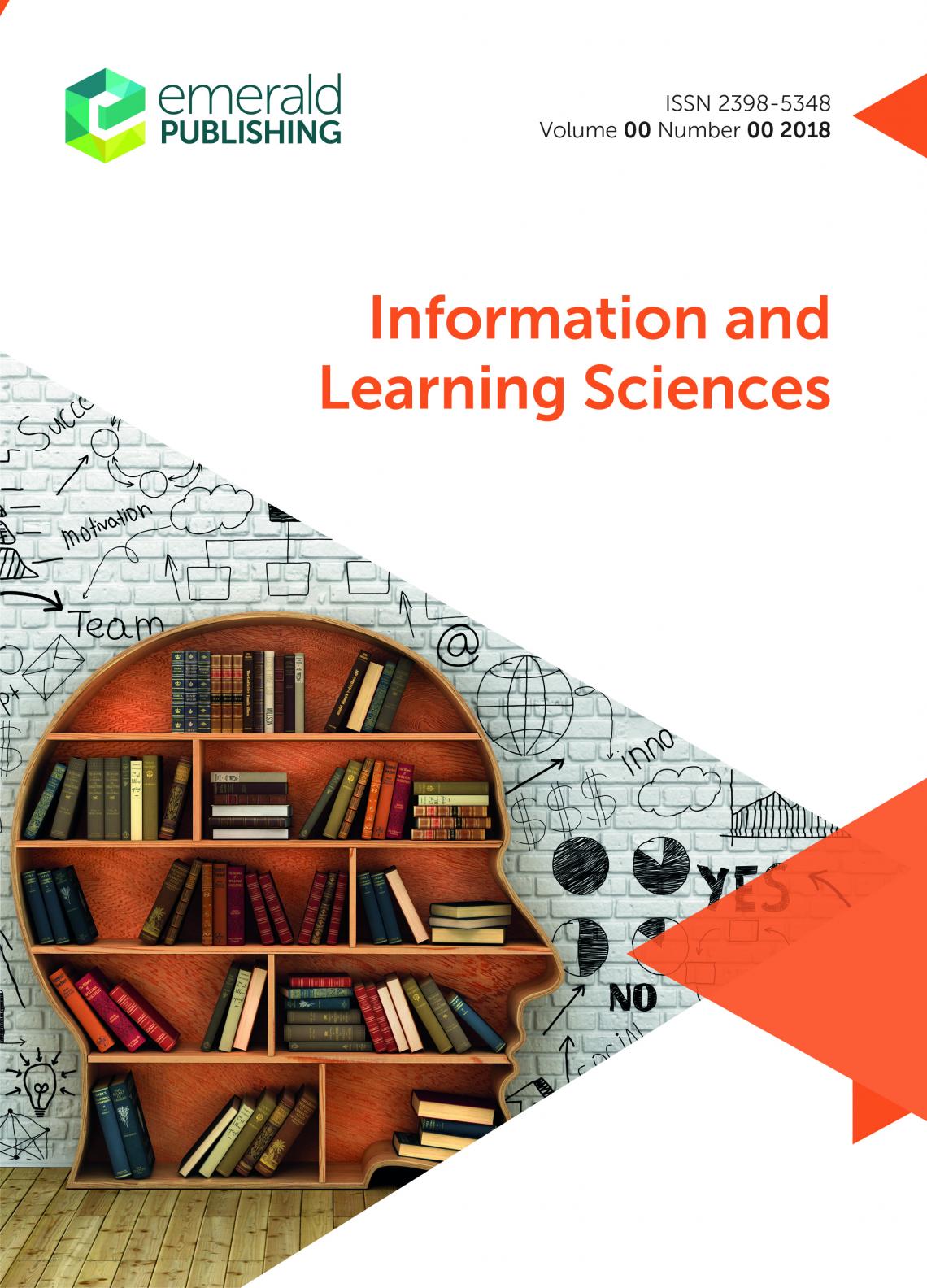Martine Gadille, Économiste et gestionnaire CNRS au LEST, signe avec Maria Impedovo, Joséphine Rémon et Caroline Corvasce "Interdependent creativity for learning in a virtual world" dans Information and Learning Sciences éditée par Emerald Publishing.
Auteur
Édition Emerald Publishing
Article de Martine Gadille, Maria Impedovo, Joséphine Rémon, Caroline Corvasce
Purpose
The purpose of this paper is to understand how the creativity of pupils and teachers is nurtured through the use of a virtual world (VW) within a sociotechnical network affecting pupils’ learning in a pilot secondary school.
Design/methodology/approach
The analysis is the result of a pluri-disciplinary systemic analysis involving didactics, sociology, psychology and management science on an individual, collective and systemic scale. This participatory action research is based on interviews and systematic observations in class, in-world and in the global ecosystem. Linguistic and multimodal analysis is applied to the data, through teacher monographs that hint at the teachers’ activity.
Findings
Pupils’ and teachers’ creativity appeared to be anchored within four main interdependent nurturing conditions the personal inclinations and professional interactions in the sociotechnical network sustaining the VW; a creative regulation allowing compromises with the institutional constraints of pedagogical control; avatars and 3 D boundary objects that act as a motor of teachers-pupils inquiry and creativity; the sociotechnical network that contributes, through the actors’ play, to bringing the organisational rules of the school towards an innovation trajectory, that in turns mediates success in the use and the adoption of the new technology.
Research limitations/implications
Although this is a study within a specific school, the findings can be put to use by other pedagogical teams who would wish to integrate a VW to re-engage pupils.
Practical implications
The participatory design processes taking place within a sociotechnical network support teachers in the building of Virtual World scenarios negotiated with researchers and start-up developers.
Social implications
The pedagogical use of a virtual world opens new learning engagement opportunities for the pupils through enhanced experiential learning and sustains the transformation of teachers’ professionality. Originality/value The authors’ approach differs from the previous educational VW literature, in that they integrate the teachers’ creativity and their pedagogical scripts into their study, within a systemic approach, thus requiring a wider theoretical framework, necessary for understanding the building of strategies and knowledge that foster teachers’ and pupils’ creativity in educational settings using a VW.
DOI : 10.1108/ILS-02-2020-0038
- Article dans une revue
Martine Gadille, Maria Impedovo, Joséphine Rémon, Caroline Corvasce. Interdependent creativity for Learning in a Virtual World. Information and Learning Sciences, 2021, ⟨10.1108/ILS-02-2020-0038⟩
1 janvier 2021 - [hal-03233110]
